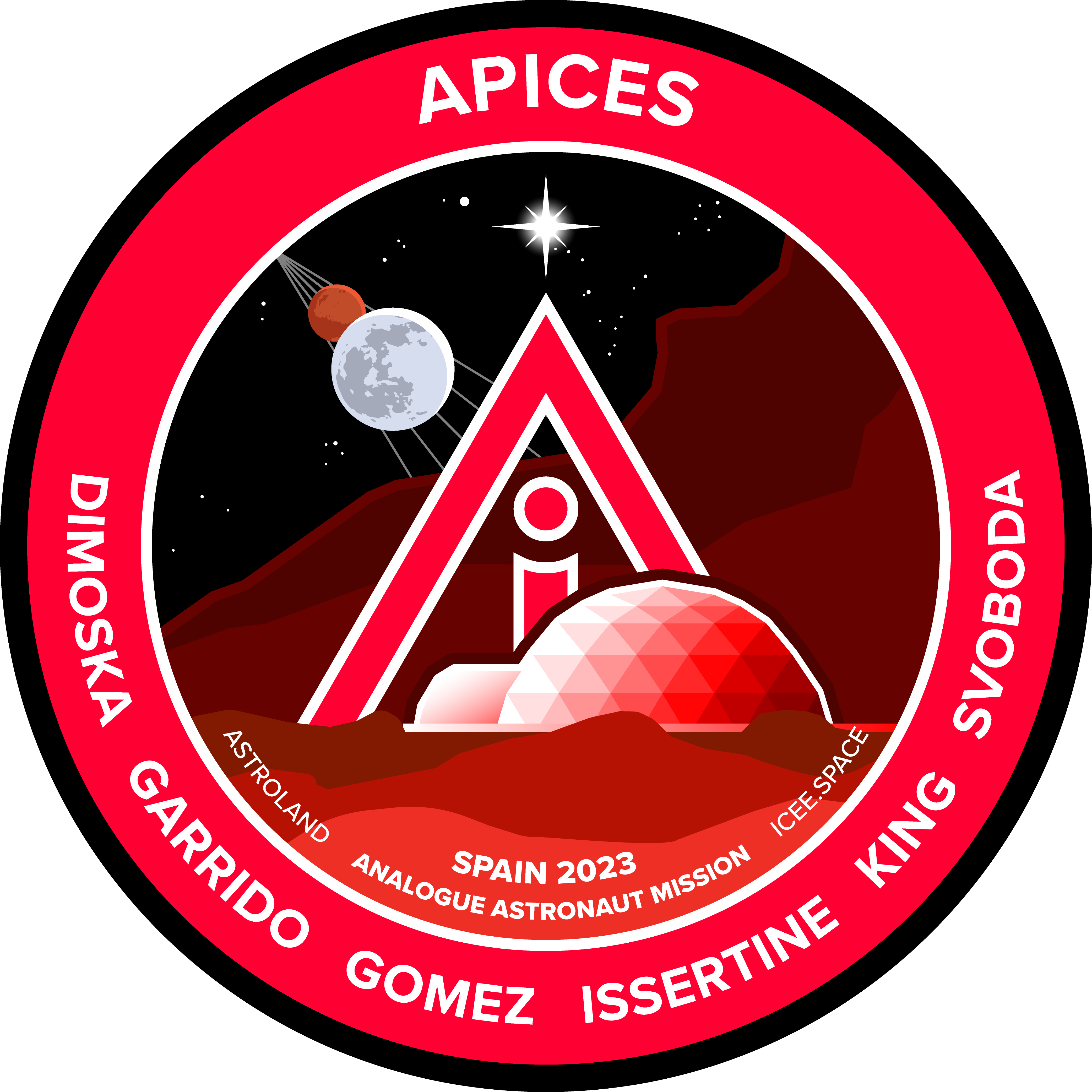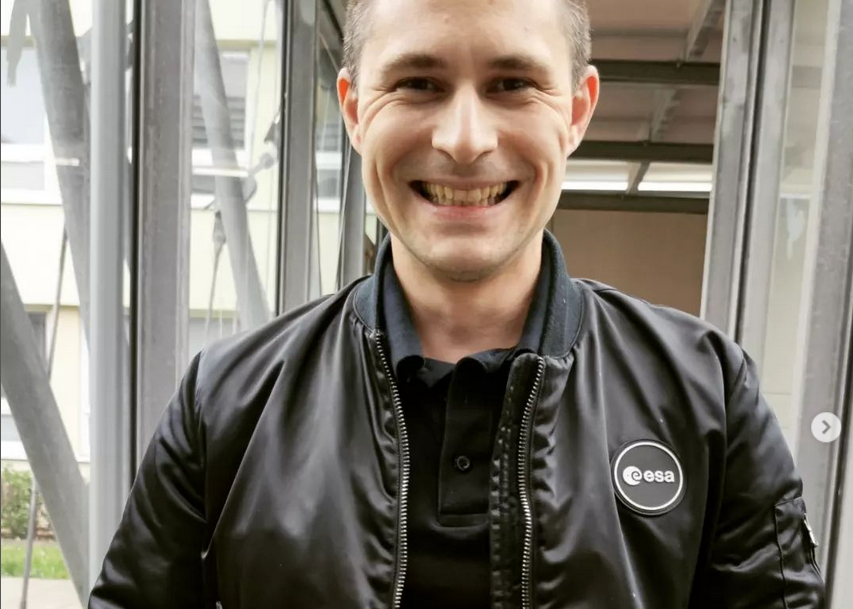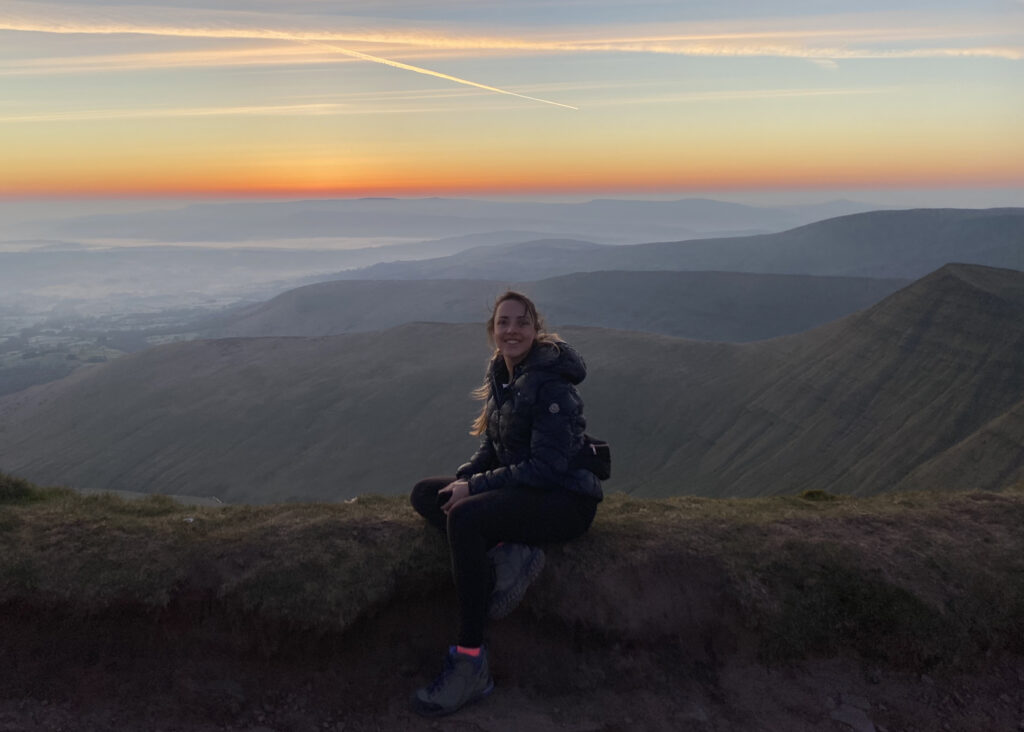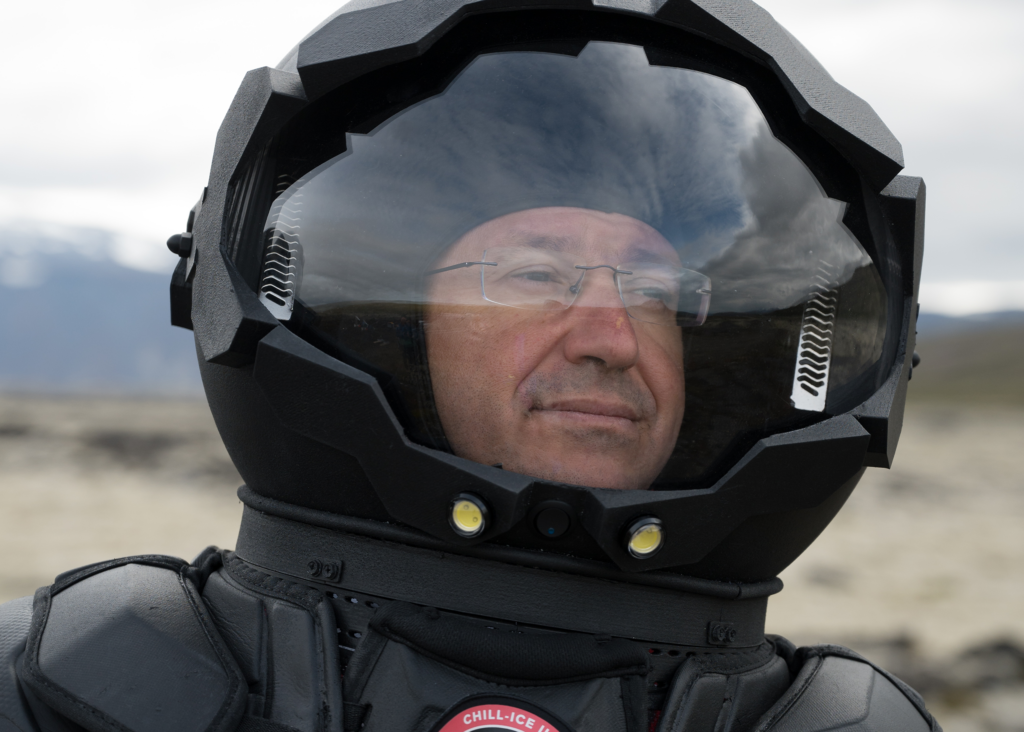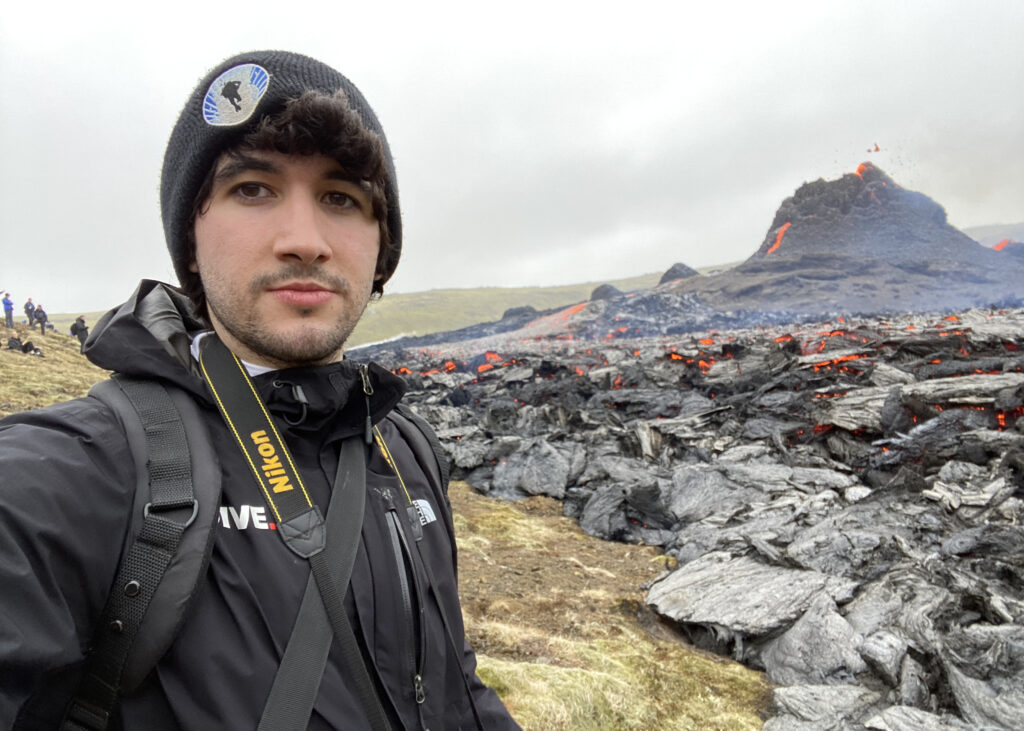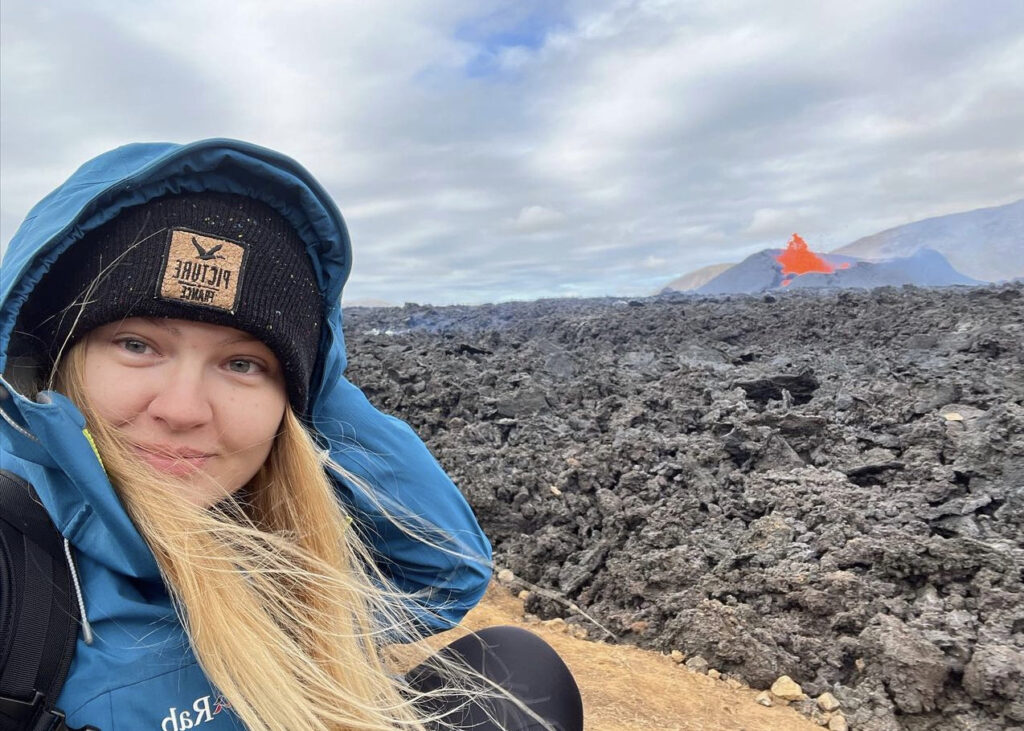In collaboration with ASTROLAND
Astroland is a Spanish aerospace company that develops analogue missions with a primary focus on developing skills and technologies centred around Mars. This encompasses the construction of habitats and the investigation of human psychology and survival capabilities in hostile conditions.
Astroland has set up its analogous human habitat system, the Ares Station, within a cave in Cantabria. The aim is to test possible modes of living for future interplanetary explorers, validating the ability of humans to live and thrive in analogue missions in extraterrestrial environments.
